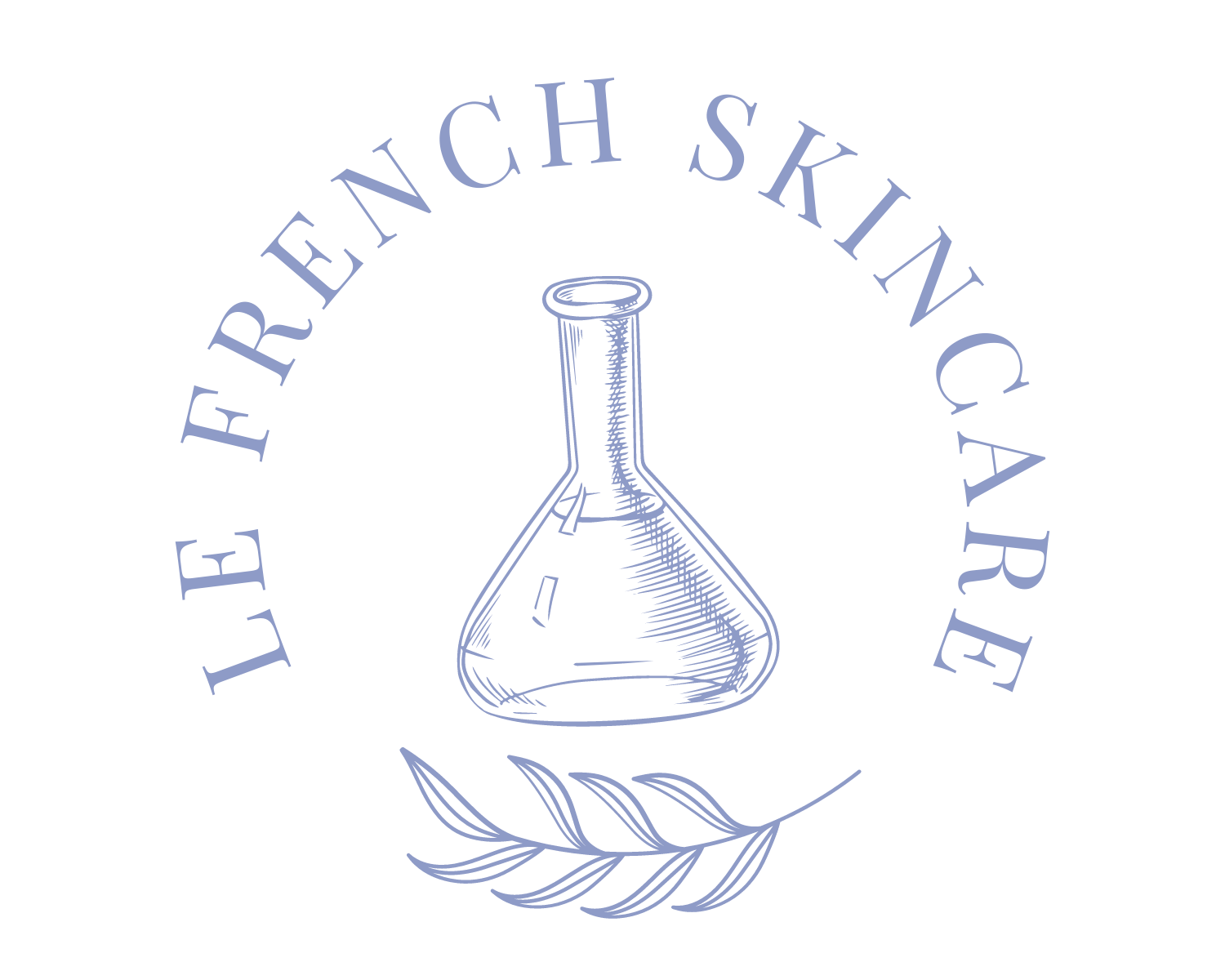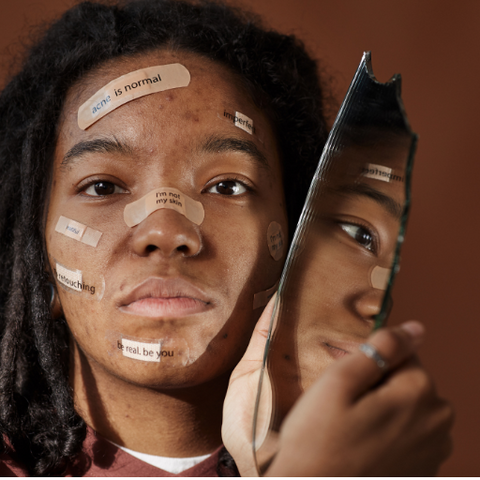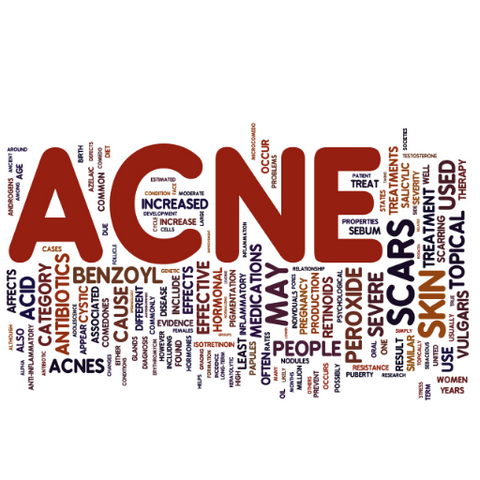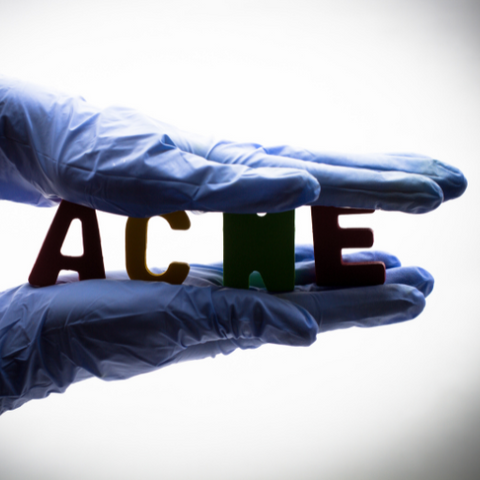Welcome back! Whether you’re someone (like me) who has fought their fair share of battles with the seemingly indestructible villain that is acne, and are anxious to learn more about it, or are just curious when it comes to the causes and cures of this medical anomaly, thanks for sticking with us as we detail the research of dermatologist (and co-found of acne medication Retin-A) Dr. James E Fulton. Last week, we laid the foundation by giving a brief overview of the skin as the environment where acne develops. Now we want to take a more detailed look at what happens once all of the environmental factors are in place for the development of a pesky acne blemish!
We talked about how the key factor in the development of acne is a genetic predisposition to retention hyperkeratosis, a condition in which the cells within the follicles (or pores) turn over at a rate of 4-5 times that of the normal follicle. When this collection of un-exfoliated, hardened cells mix with the sebum (oil) naturally produced by the follicles, a “plug” is formed and left to sit in the follicle.
So where does that little plug go from there? This, THIS, is the moment of truth!
This little plug, also known as a comedo, is invisible in the beginning, and will take an average of 90 days to run its course. That’s right, 90 days! A blemish you have today may have started out months ago! And the comedo that started it all found itself at a crossroads with two VERY different options.
Everything begins in the non-inflammatory stage, as a whitehead, and will either develop into an open comedone (blackhead,) or an enlarged closed comedone (papule/pustule,) which is the precursor to the inflammatory stage.
- The difference in the development of a closed comedone into a blackhead or inflamed papule/pustule is whether or not the impaction dilates the follicle opening enough so that it can move out. This is true in closed comedones, the impaction of which comes into contact with air and oxidizes, turning “black.” If it doesn’t work itself out, it is very easy to remove manually.
- If the closed comedone travels down the inflammatory path, however, this is because the follicle opening did not dilate, and the impaction remains stuck.
- Eventually, it will grow to a size that causes the wall of the follicle itself to break down, and that is when the inflammation starts.
- The body sees the impaction of dead skin cells as “foreign matter” and white blood cells rush to the defense. They begin excreting a digestive enzyme in hopes of dissolving the impaction, which, as we talked about before, is basically an indestructible plug of hard protein.
- Surrounding tissue (collagen & elastin) , then, becomes an easy target for the enzymes inducing acne scaring.
- You now have an inflamed follicle with a chronically weakened wall, and it will either remain closed and need to heal itself without having the comedo extracted (papule) or will fill with pus in the form of white blood cells and need extraction (pustule.)

Whatever the outcome when a microscopic comedo develops within a follicle, it’s important to know that if that whether it turns into either a closed or open comedone, according to Dr. Fulton’s research it is acne, and should be treated as such. And even as the cause of acne can be pinpointed as a genetic defect in the natural skin cell turnover process, there are still many additional factors that can aggravate this already delicate situation, many of which you may already be familiar with:
How about bacteria? Every follicle in every person’s skin contains bacteria, and in the presence of oil, bacteria thrive. But while bacteria can certainly contribute to the localized infection taking place in a pustule, for example, they are not the initial cause of the problem, and treatment should not focus strictly on killing bacteria. More on that next week.
Meanwhile, what about hormones? A change in hormone levels (a rise in testosterone, for example,) is a common aggravator of acne due to the fact that hormones control the amount of oil our skin produces. And we now know two things- oil makes for an ideal breeding ground for bacteria AND provides that binder that holds the skin cells together to form those comedo “plugs.”
Or what about picking a blemish? While seemingly a technique that will help rid exisiting acne, this is one of the worst culprits and one people always overlook! Look at the follicle wall of an enlarged closed-comedone. It is obviously prone to bursting from the pressure of deliberate manipulation, much like a balloon. So while blackheads are fine to manually extract (with well-placed fingers, of course!) it is best to not touch these closed comedones, the picking of which can lead to the development of an inflamed blemish or even scaring!
Hopefully by now you’re gaining a better understanding of the mystery of acne, and why it can be so difficult to treat. Many treatments focus on treating the aggravating factors, not necessarily the cause of the problem, itself! And since we now know the root cause, we can share with you some remedies found by Dr. Fulton to be an effective method for getting acne under control. Come back next week for our blog on the varying degrees of ace and its treatments throughout the ages, including those both unsuccessful and those proven effective!




